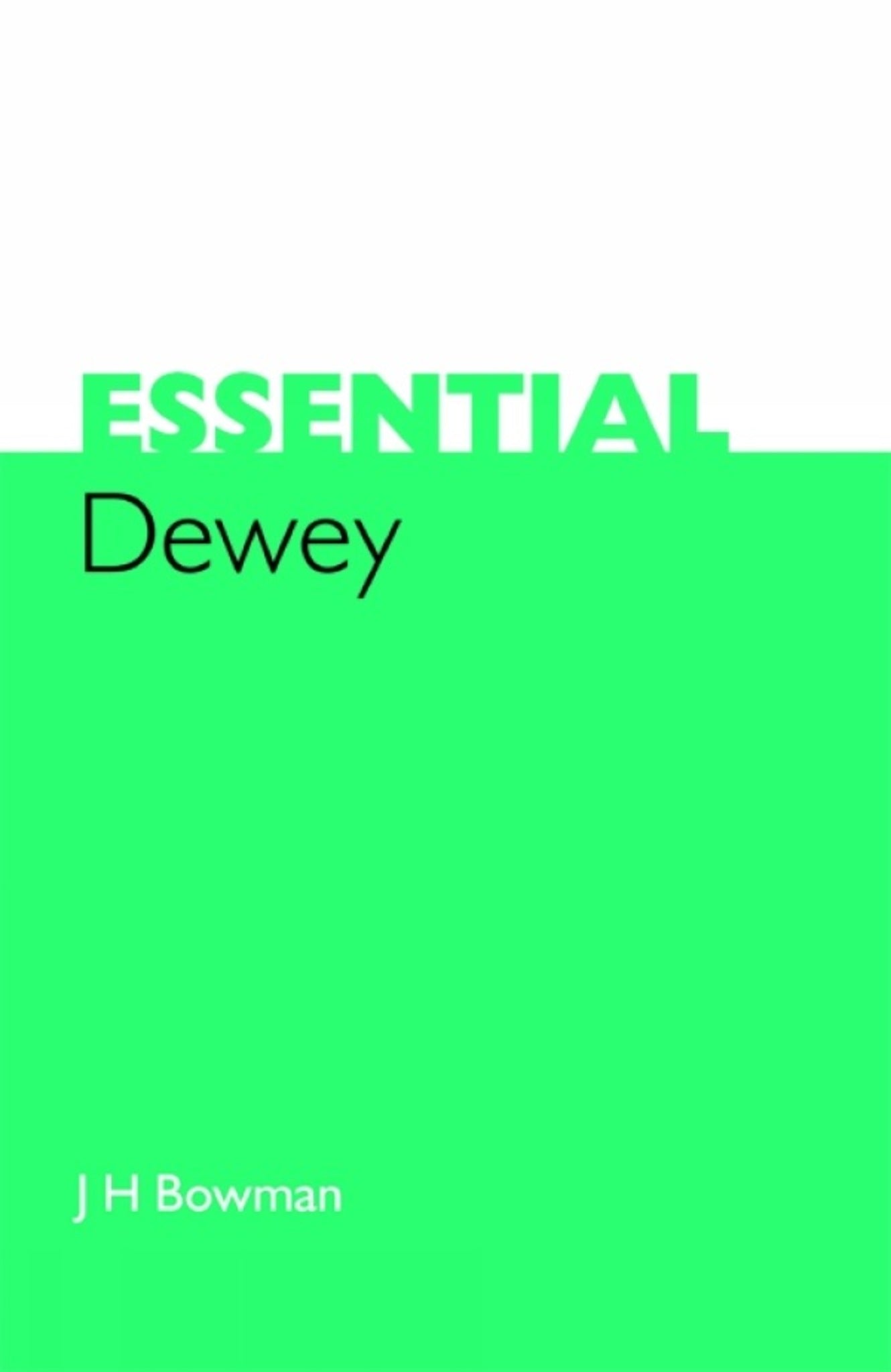We're sorry. An error has occurred
Please cancel or retry.
Essential Dewey
Regular price
£59.95
Sale price
£59.95
Regular price
£0.00
Unit price
/
per
Sale
Sold out
Re-stocking soon
Helps novice and out-of-practice classifiers to understand how to use Dewey to classify works. He outlines the content of the scheme and its structure and then, through examples based on real works...
Read More

Some error occured while loading the Quick View. Please close the Quick View and try reloading the page.
Couldn't load pickup availability
- Format:
-
31 December 2013

In this book, John Bowman provides an introduction to the Dewey Decimal Classification suitable either for beginners or for librarians who are out of practice using Dewey. He outlines the content and structure of the scheme and then, through worked examples using real titles, shows readers how to use it. Most chapters include practice exercises, to which answers are given at the end of the book. A particular feature of the book is the chapter dealing with problems of specific parts of the scheme. Later chapters offer advice on how to cope with compound subjects, and a brief introduction to the Web version of Dewey. Written in an engaging and direct style, this text is a companion volume both to the author's own bestselling Essential Cataloguing and to Vanda Broughton's Essential Classification. It is ideal for library students, and for public, school and solo librarians and classifiers who are just beginning to use Dewey and need some simple examples.

Price: £59.95
Pages: 192
Publisher: Facet Publishing
Imprint: Facet Publishing
Publication Date:
31 December 2013
Trim Size: 9.21 X 6.14 in
ISBN: 9781856049795
Format: eBook
BISACs:
LANGUAGE ARTS & DISCIPLINES / Library & Information Science / Cataloging & Classification, Bibliographic and subject control, LANGUAGE ARTS & DISCIPLINES / Library & Information Science / General, Information retrieval and access

"It is clear that the book achieves what it sets out to do, i.e. provide an easy introduction for library school students and those experienced practitioners turning to DDC for the first time, and this reviewer would certainly recommend its purchase." - Library Review
1. Introduction and background 2. Outline of the scheme 3. Simple subjects 4. Number-building, 1: Standard subdivisions 5. Number-building, 2: Other methods 6. Preference order 7. Exceptions and options 8. Special subjects 9. Compound subjects 10. WebDewey.



